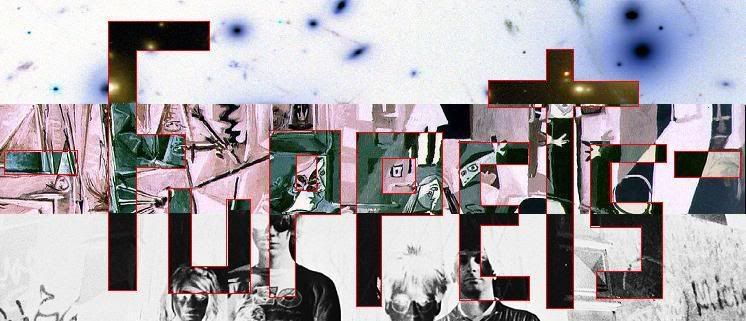In this experiment, the scientists used water, hydrogen, ammonia, and methane, all chemicals thought to be abundant in the early stages of the Earth's development, and placed these in a closed, sterile loop system under high heat and great pressure. Two large flasks were connected by tubes, one flask half-filled with water and the other with two electrodes, which would cause an electrical discharge, recreating lightning in the tumultuous early Earth atmosphere. This would all work as a continuous cycle. After a week of constant operation the scientists found that 10-15% of the carbon in the closed system was now in the form of organic compounds.
All in all 22 different amino acids were created. This was a groundbreaking experiment and served to show the simplicity through which life's basic compounds could be formed on Earth.Two percent of the carbon had formed amino acids that are used to make proteins in living cells, with glycine as the most abundant. Sugars, lipids, and some of the
building blocks for nucleic acids were also formed. - ( Wikipedia )
But what if those compounds could be formed in Outer Space? That is what a Spanish and a French scientist are hoping to find. They have. . .
identified a band in the infrared range that serves to track the presence of organic material rich in oxygen and nitrogen in the interstellar dust grains. Should any telescope detect this band, the presence in space of aminoacids and other substances, which are the precursors to life, could be confirmed. - ( Science Daily )
They have done a clever experiment, similar to the one described above, but based on the conditions in inter-stellar space.
Guillermo Muñoz and his French colleague Emmanuel Dartois, from the Institute of Space Astrophysics in Paris, have recreated these interstellar conditions in the laboratory by mixing various gases at a very low pressure and temperature (-263ºC), and then irradiating the interstellar ice which is formed with ultraviolet light. As a result yellow stuff is generated, a yellowish substance rich in carbon but with hydrogen, nitrogen and a lot of associated oxygen. This material is composed of numerous organic molecules, such as carboxylic acids, glycine and other aminoacids (molecules that are essential to the composition of proteins).
Here is an image of this "yellow stuff" as they are calling it.

By creating this in the lab, they are able to run tests on it and also spectrographic analysis on it, which is what allowed them to determine exactly where in the infrared spectrum to look for the distinctive band of color that would signify the discovery of this "yellow stuff" in interstellar space. AMAZING!
The yellow stuff absorption band is situated within the 3.4 micrometres of the mid-infrared spectrum and when represented on a graph its profile has two characteristic peaks. "This makes it possible to detect this band in planet-forming regions similar to our solar nebula and Solar System bodies", Muñoz points out.
As of now, no one has found the tell-tale sign of this stuff in outer space, but scientists think that may be due to a limitation in our equipment. The stuff that life is made of could be so abundant, and widespread. This would be a great discovery.

No comments:
Post a Comment